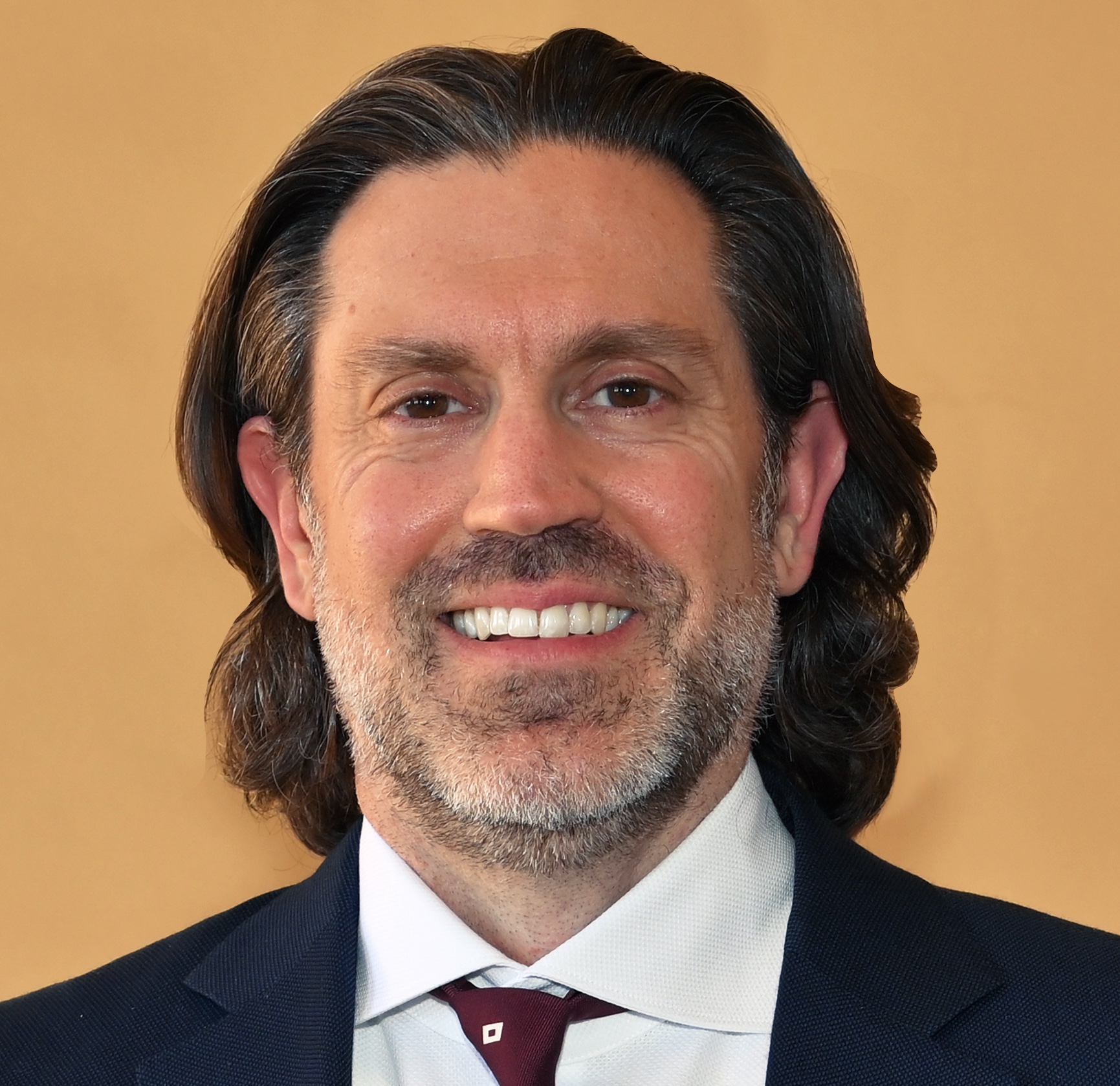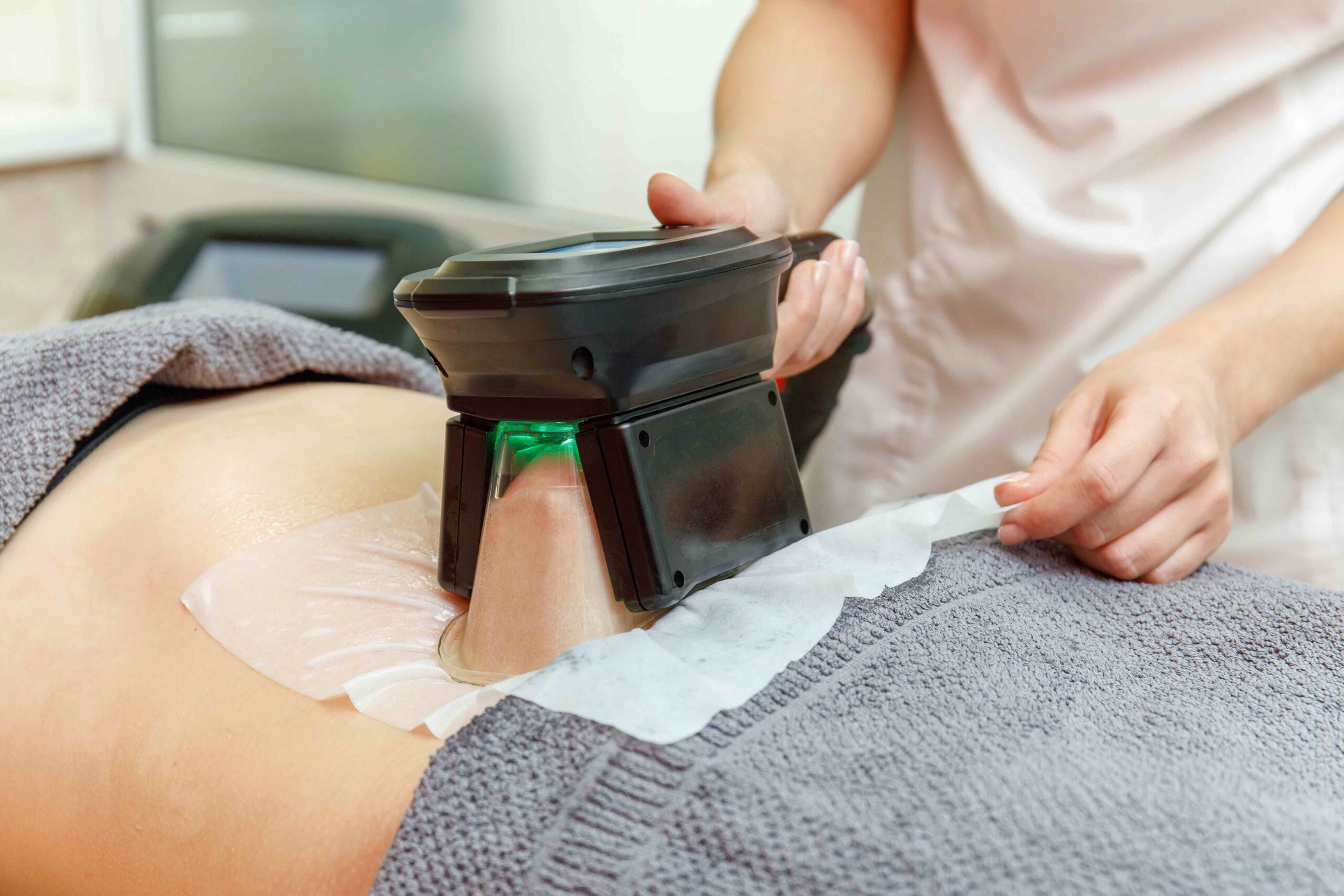The med spa industry has had a rough go of it lately. Last year, it was dealt a blow by coronavirus-related closures. Last month, as med spas battled to recover revenues from the depths of the pandemic, ‘90s supermodel Linda Evangelista went public with her experience with CoolSculpting, a cryolipolysis procedure designed to freeze and eliminate fat cells. In an Instagram post that’s received more than 170,480 likes, she alleged she developed the condition paradoxical adipose hyperplasia or PAH as a result of CoolSculpting, which she said “increased, not decreased, my fat cells and left me permanently deformed.” Evangelista has launched a lawsuit against CoolSculpting manufacturer Zeltiq Aesthetics—she claims she wasn’t informed of the possibility of PAH—and is seeking $50 million in damages. Exactly how often PAH occurs after CoolSculpting is unknown, according to reporting for RealSelf by journalist Jolene Edgar, who discovered estimates range widely from one PAH case in 138 procedures to one PAH case in 20,000 procedures. Liposuction is a treatment for PAH. In RealSelf, dermatological surgeon Paul Jarrod Frank acknowledges it’s not easy to remedy PAH and can require several surgeries, but he asserts, “It is treatable, 100% of the time.” Alex Theirsch, founder and CEO of American Med Spa Association, a trade group that supplies legal and compliance resources to med spas, suggests Evangelista’s heartbreaking ordeal is a reminder that medical aesthetics procedures aren’t miracles. CoolSculping—and others—carry risks. “It’s a voluntary, cash-based procedure with low incidents of side effects. That said, we still need to understand that they are medical procedures with side effects, and those need to be handled,” he says. Beauty Independent caught up with Theirsch to discuss the business impacts of Evangelista’s CoolSculpting revelation on the med spa industry and lessons med spas should learn from it.
Can you tell us a bit about CoolSculpting and its role at med spas?
It’s been a very big deal in the industry. CoolSculpting was created by Zeltiq and, then, purchased by Allergan. It has undergone a tremendous amount of growth. It’s been a really popular treatment for medical spas, plastic surgeons and cosmetic dermatologists to implement in their practices. The idea that you can get rid of unwanted fat without having to have liposuction, which is certainly more invasive, or having to go to the gym and work out or watch what you eat is very appealing. It does seem to get some results, and the incidents of side effects have been very low. From what we have heard, it’s a very popular and safe treatment. It’s not for everybody and, like other things, it doesn’t necessarily work the same on everybody.
We are here because we want to make sure that everyone is doing things compliantly and safely. It is a medical treatment, so it does need to be done under the supervision of a physician or, in some circumstances, a PA [physician assistant] or NP [nurse practitioner]. All of the rules and regulations apply when it comes to it. Just anecdotally, I was surprised as anyone to see the story on CoolSculpting because body sculpting in general is not something that we hear much, if anything, about with respect to side effects and complications. From a patient safety and results perspective, it’s been very safe overall. There are definitely side effects that are possible, and what she had—PAH—is certainly one of them, and it should be on the list of things that are discussed with patients and included with informed consent. That’s exhibit A as to why we need the supervision of a physician, but, overall, CoolSculpting has been a pretty successful treatment for the industry, and it’s going to be interesting to see what happens as a result of this.
 Alex Theirsch, founder and CEO of American Med Spa Association
Alex Theirsch, founder and CEO of American Med Spa Association
Is CoolScupting particularly profitable for med spas?
It’s definitely profitable. I wouldn’t say it’s any more or less profitable than other energy devices that treat folks within a medical spa or plastic surgery office. Laser resurfacing and skin tightening all have similar, if not better, margins. What is appealing about it is its profitability coupled with the ease at which you can get the treatment done and the results it offers. A lot of these treatments that are done in medical spas, especially with laser and energies devices, there is discomfort, and there tends to be downtime. And most human beings deal with unwanted fat, so there’s basically unlimited demand for it.
It’s not going away. It’s not just CoolSculpting. There are other devices to melt fat. The technology is sought-after. As you age, it’s really difficult to get rid of unwanted fat even if you are watching what you eat and exercising, and I think nobody wants to get liposuction or other surgery. That’s an invasive procedure that makes people worried. Most people would prefer a noninvasive procedure.
Do med spas seem to be impacted by Evangelista’s revelation?
I will be honest, not yet, but I don’t think we have had enough time to really let that settle. I think most folks who do CoolSculpting and have it as a large part of their practice tend to be pretty well-versed in these types of side effects and how to deal with them. From what I have seen so far, in this particular case, people have said, “This is unfortunate,” and they wonder what happened to have this type of result. This is why we need to make sure that folks are trained, and CoolSculping is not done in a fly-by-night fashion.
We’ve been battling with a lot of the underbelly of this industry where you have folks who don’t have training doing things like CoolSculpting. That’s often where we see a lot of bad outcomes. We are constantly beating the drum of you need to be trained, you need to have a proper medical supervision. You need to have all the things in place for a medical treatment. This to me reinforces all of that. What is different about this is it wasn’t done by a fly-by-night provider. It was done by someone very qualified.
On first glance, if anything, this is much more of an outlier. I think we are going to see, is the public going react to it? In light of this story, this is the first time the public is going to be having to ask questions of medical spas, and that’s something we haven’t dealt with before. Time will tell if we are going to get pushback from the public that will filter into medical spas, but most people I have talked to are still very comfortable with this treatment.
A lot of people are reserving judgement so far. It’s really tough. What we are hearing right now is the story of someone obviously who had a very traumatic experience, and there’s a lawsuit. I am not sure everybody knows what happened yet. Everyone is taking a wait-and-see approach. There are tons of examples of bad filler or droopy eyelids with Botox, and a lot of times there are bad providers out there, but we have not really had this type of a story with CoolSculpting before. People are not sure what to make of this. It’s not something that’s been an issue for this industry.
Could alternative body-sculpting treatments benefit if there are worries about CoolSculpting?
That remains to be seen. The manufacturers of body-sculpting devices that use heat will tend to say it’s as well-tolerated as CoolSculpting, but, for many of the folks who have provided and received CoolSculpting, the prevailing sentiment is that it tends to be better tolerated than the heat-based devices. I will tell you, when I first saw the story, I thought there was going to be a much larger immediate impact than what I’ve seen. I thought, “Oh wow, this is a big thing people are going to be talking about. It’s going to be a major bombshell in our industry,” and it’s not been that much of a nuclear bomb. People are talking about. It’s not nothing, but it hasn’t been as much as an overwhelming impact as I thought.
I think people who are familiar with CoolSculpting and that type of procedure understand that side effects happen, and there are things that need to be done. Any doctor or provider in this industry will tell you that side effects are a part of what happens when you do a medical treatment. It’s not a question of if, it’s a question of when. To me, the real issue is how much those complications were discussed with the patient, and what is the science and research behind those complications, not necessarily that it happened. It is about what was conveyed to the patient and what was said about what would happen. It’s not hard to find information about complications. So, it’s not like it’s a new thing. It didn’t all of a sudden pop up, and people are like, “Oh my god, it’s a new thing.” Providers have an obligation when they do informed consent to talk to the patient about the treatment, going through all the potential complications.
 According to Persistence Market Research, the global medical spa market is valued at $30 billion this year and expected to grow at an annual compound rate of more than 15% through 2031. Forecasts for the body-contouring market also predict it will grow at annual percentage rates in the teens. hdesert – stock.adobe.com
According to Persistence Market Research, the global medical spa market is valued at $30 billion this year and expected to grow at an annual compound rate of more than 15% through 2031. Forecasts for the body-contouring market also predict it will grow at annual percentage rates in the teens. hdesert – stock.adobe.com
What lessons should be learned from this episode?
You need to give this industry the respect that it deserves from a medical standpoint, and that means making sure that providers are trained and qualified, making sure you have appropriate medical supervision and making sure you are providing your patients with the right tools and information for them to make informed consent. That is the same for any medical practice. These are medical aesthetic procedures, but they are still medical procedures, so you can’t shortchange all of the requirements that any medical procedure must go through.
What I would caution the industry and the public about is we can’t treat medical aesthetics procedures differently than other medical procedures just because it’s cosmetic, it’s cash based, and it’s overwhelmingly safe. I don’t care if it’s CoolSculpting or what it is, it’s a medical procedure. We have been trying to educate folks on this exact issue. We want to make sure these types of incidents rarely, if ever, happen, and we mitigate them as much as we can. It’s going to be tough to figure out what the lessons are, but, as time goes on, we will know more.
Source link : https://www.beautyindependent.com/american-med-spa-association-alex-theirsch-business-impacts-linda-evangelista-coolsculpting












